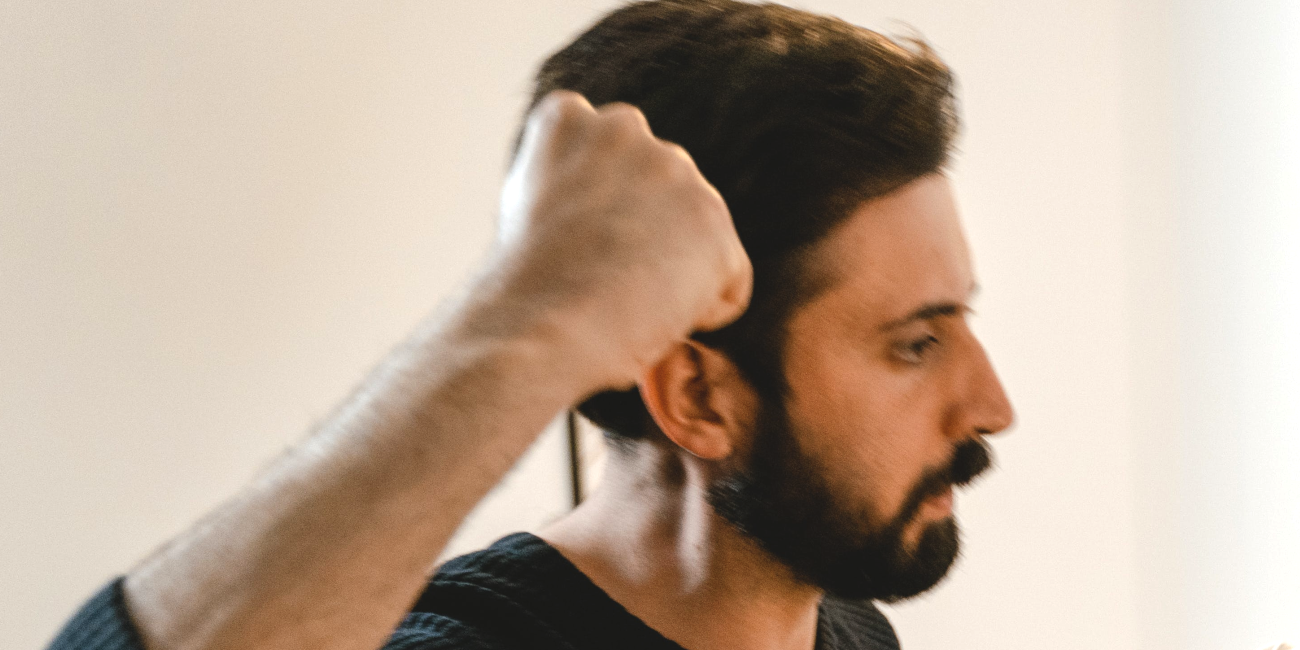Mindfulness 101— 5 Easy Mindfulness Activities
Mindfulness 101— 5 Easy Mindfulness Activities
Mindfulness is the essential human ability to be fully present, aware of where we are and what we’re doing, and not overly reactive or overwhelmed by what’s going on around us. Here are four mindfulness exercises you can try and an easy way to meditate.
8 Things to Know About Mindfulness
- Mindfulness is not obscure or exotic
- It’s familiar to us because it’s what we already do, how we already are.
- It takes many shapes and goes by many names.
- Mindfulness is not a special added thing we do
- We already can be present, and it doesn’t require us to change who we are.
- But we can cultivate these innate qualities with simple practices that are scientifically demonstrated to benefit ourselves, our loved ones, our friends and neighbors, the people we work with, and the institutions and organizations we take part in
- Mindfulness doesn’t require you to change
- Solutions that ask us to change who we are or become something we’re not have failed us over and over again.
- Mindfulness recognizes and cultivates the best of who we are as human beings.
- Anyone can be mindful.
- Mindfulness practice cultivates universal human qualities and does not require anyone to change their beliefs.
- Everyone can benefit, and it’s easy to learn.
- Mindfulness is a way of living
- Mindfulness is more than just a practice.
- It brings awareness and caring into everything we do—and it cuts down needless stress. Even a little makes our lives better.
- Mindfulness is evidence-based
- We don’t have to take mindfulness on faith.
- Both science and experience demonstrate their positive benefits for our health, happiness, work, and relationships.
- Mindfulness sparks innovation.
- As we deal with our world’s increasing complexity and uncertainty, mindfulness can lead us to effective, resilient, low-cost responses to seemingly intransigent problems.
Mindfulness Activity 1: Breathing
- Start by breathing in and out slowly.
- One breath cycle should last for about six seconds.
- Breathe in through your nose and out through your mouth.
- Let your breath flow effortlessly in and out of your body.
- Let go of your thoughts.
- Let go of things you have to do later today or activities that need your attention.
- Let thoughts rise and fall and be at one with your breath.
- Purposefully pay attention to your breath, focusing your sense of awareness on its pathway as it enters your body and fills you with life.
- Remain aware of your breath as it moves through your mouth, and its energy dissipates into the world.
Mindfulness Activity 2: Heightened Awareness
- This exercise is designed to develop a heightened awareness and appreciation of simple daily tasks and the results they achieve.
- Think of something that happens every day more than once; something you take for granted, like opening a door, eating a meal, a feeling, or a thought.
- Choose a touchpoint that resonates with who you are today.
Example 1: A Sensation
- At the very moment, you touch the doorknob to open the door, stop for a moment and be mindful of where you are, how you feel at that moment, and where the door will lead you.
- Similarly, the moment you open your computer to start work, take a moment to appreciate the hands that enable this process and the brain that facilitates your understanding of how to use the computer.
Example 2: A Thought
- The focus of your awareness doesn’t have to be something in your physical world; it can a thought.
- For example, each time you think a negative thought, you might choose to take a moment to stop, label the thought as unhelpful, and release the negativity.
Example 3: An Activity
- Or, perhaps each time you smell food, take a moment to stop and appreciate how lucky you are to have good food to eat and share with your family and friends.
Mindfulness
- Instead of going through your daily motions on autopilot, take occasional moments to pause and pay attention.
- Cultivate purposeful awareness of what you are doing.
- Contemplate the blessings these actions bring to your life.
Mindfulness Activity 4: Emotions and Serenity
In this mindfulness exercise, you’ll focus on achieving more significant serenity when it comes to your emotions.
By practicing this exercise, you’ll be able to experience your emotions in a more measured, thoughtful, and mindful way. It’s important to understand that we often fail to achieve direct contact with our emotions. We might think that we know our emotional states because we can name them, but this is not the same as direct contact. Being in direct touch with your emotions means knowing where they originate in the body.
When you practice getting in direct contact with your emotions, you stop worrying and focus on the way that you’re actively experiencing a given feeling in your physical being.
Here's how to get started:
- Settle into a comfortable, relaxed posture.
- Breathing normally, bring your attention to your emotions. Notice if you are feeling any emotions, no matter how faintly. It is not necessary to know precisely which emotion you are experiencing, or why you’re feeling it.
- Knowing you are feeling something emotional is enough.
Once you tune into an emotion, see if you can find its expression in your body. - Maybe there is a feeling of tension, gripping, tightening, burning, twisting, pressure, lightness, or openness.
Each time you detect an emotional body sensation, try to feel the sensations in your body, as completely as possible. Feel it through and through. - Completely let go of any ideas you have about the emotion or self-talk you might have about why the emotion is arising.
Return to the body sensation of the emotion.
Continue contacting these emotional body sensations for as long as you wish.
Mindfulness Activity 5: Practice Meditation
Here’s a posture practice that can be used as the beginning stage of a period of meditation practice or only as something to do for a minute, maybe to stabilize yourself and find a moment of relaxation before going back into the fray. If you have injuries or other physical difficulties, you can modify this to suit your situation.
- Sit down.
- Whatever you’re sitting on—a chair, a cushion, a park bench—find a space that gives you a stable, solid seat.
- Notice what your legs are doing.
- If on a cushion on the floor, cross your legs comfortably in front of you. (If you already do some seated yoga posture, go ahead.)
- If on a chair, it’s okay if the bottoms of your feet are touching the floor.
- Straighten—but don’t stiffen— your upper body.
- The spine has a natural curvature. Let it be there.
- Your head and shoulders can comfortably rest on top of your vertebrae.
- Position your upper arms parallel to your upper body.
- Let your hands drop onto the tops of your legs.
- With your upper arms at your sides, your hands will land in the exact relaxed position.
- If you sit too far forward, you will hunch. If you sit too far back, you will feel awkward.
- You’re tuning into the sensations in your body—not too tight and not too loose.
- Drop your chin a little and let your gaze fall gently downward.
- You may let your eyelids lower.
- It’s not necessary to close your eyes when meditating.
- You can let what appears before your eyes be there without focusing on it.
- Be there for a few moments.
- Relax.
- Now get up and go about your day.
- Begin again.
- When your posture is established, feel your breath—or some say “follow” it—as it goes out and as it goes in.
- Inevitably, your attention will leave the breath and wander to other places.
- When you get around to noticing this—in a few seconds, a minute, five minutes—return your attention to the breath.
- Don’t judge yourself or obsess about the content of your thoughts.
- Slowly come back.
- You're done.
- That’s the practice.
- Meditation is straightforward, but it’s not necessarily easy.
- Work at it, practice, and over time you will arrive.











